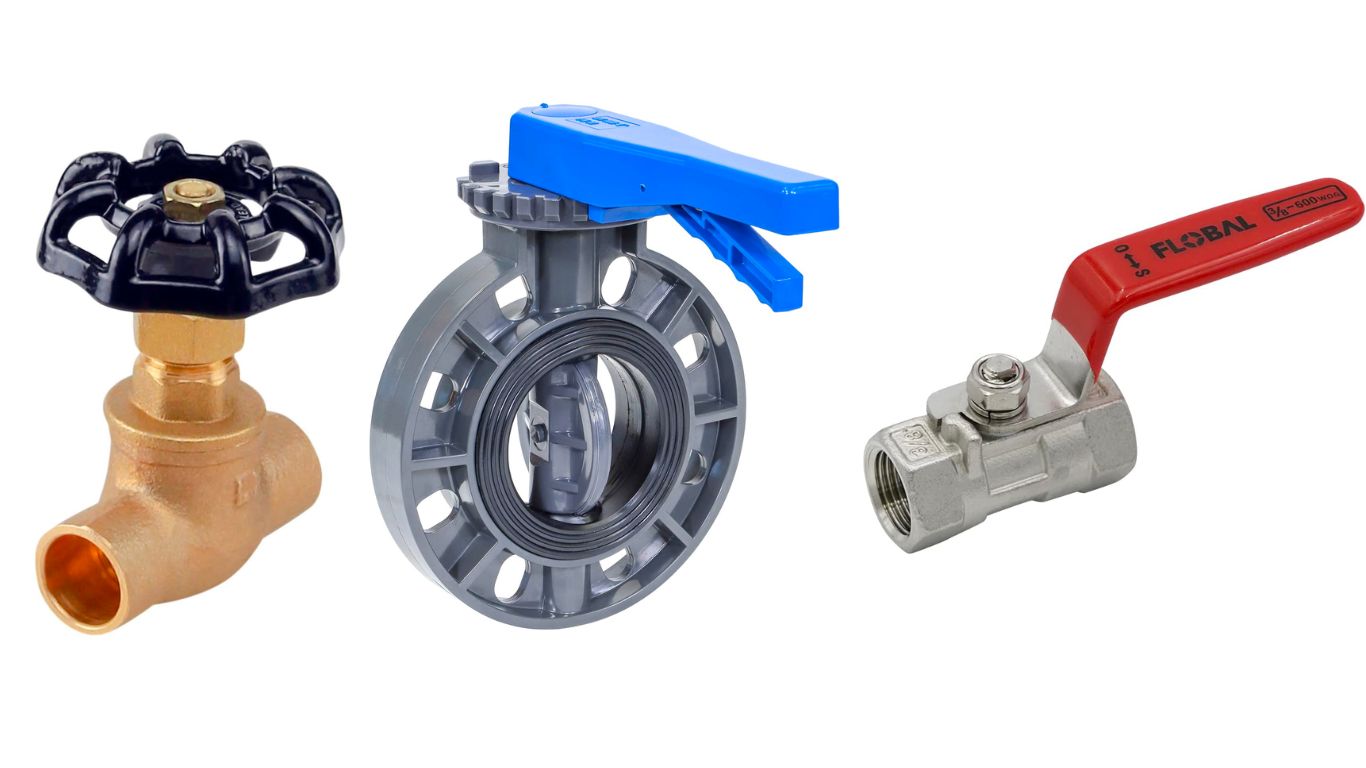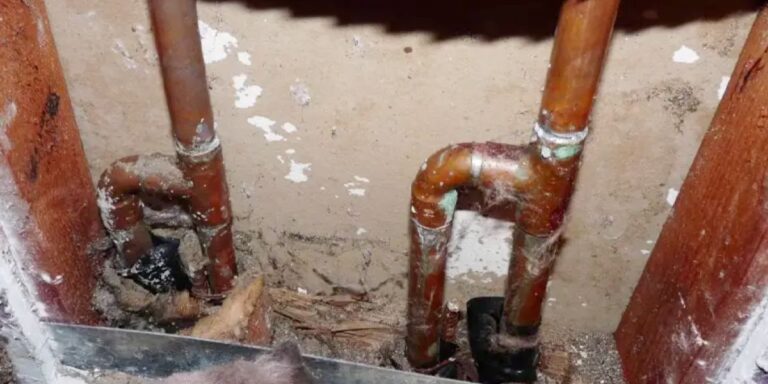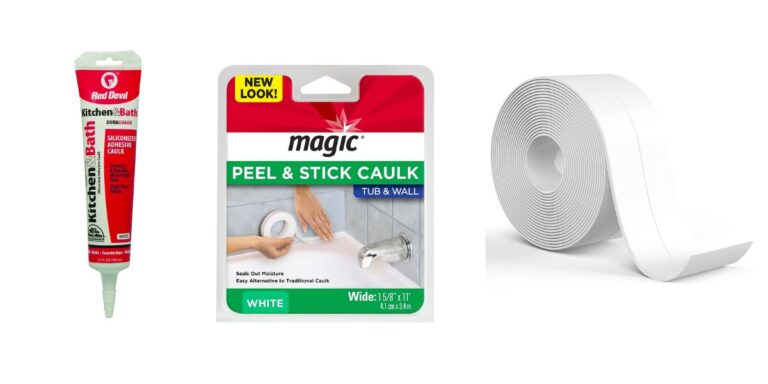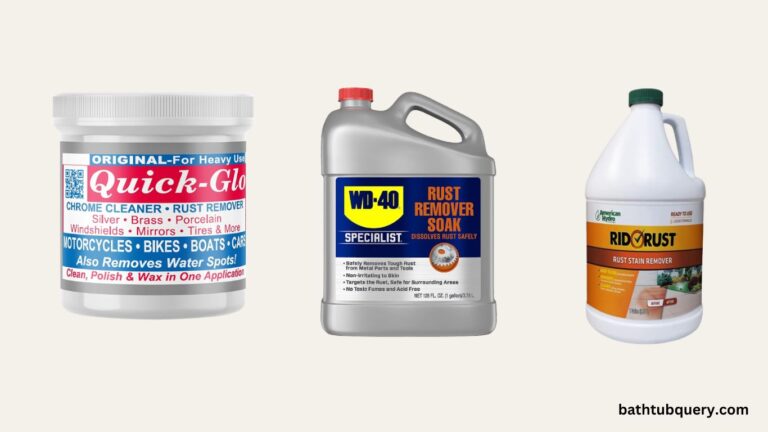5 Underground Water Shut Off Valve Types A Homeowner’s Guide
Having the right type of underground water shut off valve is crucial for controlling the flow of water on your property. There are 5 main types of underground water shut off valves commonly used – gate valves, ball valves, globe valves, check valves, and butterfly valves. Each has its own set of features, pros, and cons to consider when selecting the right one for your needs.
Comparative of 5 Underground Water Shut Off Valves Types
| Valve Type | Precision Flow Control | Ease of Maintenance | Durability | Cost |
|---|---|---|---|---|
| Gate Valve | Poor – Only fully open or closed | Excellent – Requires little maintenance | Excellent – Withstands high pressure | Low |
| Ball Valve | Good – Variable flow control | Good – Disassembles for maintenance | Very good – Sturdy metal construction | Moderate |
| Globe Valve | Excellent – Highly accurate throttling | Fair – More maintenance needed | Good | High |
| Check Valve | None – Automatic open/close only | Excellent – No maintenance needed | Good | Low |
| Butterfly Valve | Poor – Only fully open or closed | Good | Fair – Less durable seals | Low |
Related article on: Do Bathtubs Have Shut Off Valves and How to Install?
Gate Valves
Gate valves are likely the most common type of underground water shut off valve used by homeowners. They work by lifting a round or rectangular gate/wedge inside the valve body to control water flow.
Some key features of gate valves include:
- Simple Design – Gate valves have a straightforward on/off mechanism using a gate that slides down to close and seals against the valve seat. This makes them relatively simple to operate and repair.
- Full Bore – When fully open, gate valves have an unrestricted passageway, allowing full water flow. This minimizes pressure loss.
- Durability – Gate valves are designed for years of reliable use underground and can withstand high pressures. The gate’s sliding action also resists wear and tear.
- Low Maintenance – Little maintenance is required for gate valves compared to other valve types. As long as the stem is occasionally lubricated, gate valves will provide a long service life.
- Good Shutoff – Gate valves provide positive shutoff when fully closed, preventing water from passing through. This allows maintenance downstream without draining the system.
- Resilient Seat – Newer gate valves have a resilient rubber seat that creates a tight seal when closed. Older metal-on-metal seats are prone to leaking over time.
- Drawbacks – Gate valves do not provide precise flow control. They are either fully open or fully closed. Slow openings can also cause water hammer.
Overall, gate valves offer a sturdy, reliable underground shutoff solution at an economical price point for most residential applications. They are the workhorses of underground valves.
Ball Valves
Ball valves operate by rotating a ball with a bore through the middle to control water flow. They offer precise flow regulation and quick on/off control.
Key features of ball valves:
- Precise Flow Control – Ball valves can accurately regulate flow. The ball’s bore size determines the flow rate. Partially rotating the ball enables variable output.
- Fast Operation – Quarter turn to open/close. Ball valves allow rapid on/off control since the ball seals in both fully open and closed positions.
- Full Bore – Maximum flow when open with minimal pressure drop. The ball is bored directly through, allowing unobstructed flow.
- Easy Maintenance – Constructed for easy disassembly. Balls and seals can be quickly accessed, inspected, and replaced if needed.
- Durable – Designed for longevity in underground applications. Sturdy metal construction and hardened ball resist wear. Handle verifiable stops.
- Tight Seal – Multi-piece ball design enabled by stem and body seals creates reliable shutoff without leakage.
- Drawbacks – More complex internally with higher potential leak points. Prone to problems from debris. Higher initial cost than gate valves.
For applications requiring precise flow control, ball valves are an excellent choice. The combination of proportionate flow regulation, fast operation, and positive shutoff makes them ideal for underground water management.
Globe Valves
Globe valves are named for their spherical body shape. They offer precise flow regulation through the classic screw-lift mechanism that incrementally raises or lowers an internal disk to change the flow rate.
Features of globe valves:
- Highly Accurate Flow Control – The disk and seat design provides the most precise flow regulation of any valve type. Enables fine-tuned water volume control.
- Gradual Flow Changes – Raising/lowering the disk slowly transitions flow from closed to full, preventing pressure spikes and water hammer.
- Tight Seal – Disk provides drip-tight shutoff when fully closed, preventing internal leakage and water loss.
- Easy Throttling – Handwheel provides fine control over small movements of the disk for minute flow adjustments. Great for throttling applications.
- Some Drawbacks – Higher head loss when open compared to other valve types as the disk obstructs the flow path. Higher maintenance requirements and costs.
Globe valves are chosen when accurate flow throttling and control are needed, such as to regulate sprinkler systems. The ability to make small flow changes and get complete shutoff suits globe valves well for these applications.
Check Valves
Check valves are designed to allow water to flow in only one direction. They open with forward flow and close automatically to prevent reverse flow. This is useful for preventing backflow in plumbing systems.
Some useful features of check valves:
- Prevent Reverse Flow – Check valves have a spring-loaded disk, ball, or flap that only opens with forward water flow. Closes tightly when the flow stops or reverses.
- Automatic Operation – No manual control is required. Check valves operate independently based on flow direction, closing when needed to stop backflow.
- Slam Prevention – Spring-loaded checks with cushioning prevent valve slam and water hammer from abrupt closures.
- No Maintenance – Check valves are self-operating with no manual controls or maintenance needs. Long service life.
- Compact Design – Smaller than other types of valves. Check valves easily fit into tight spaces.
- Low Cost – Simple inner workings with only a few moving parts. Cheaper than other shutoff valves.
- Limitations – Check valves only function automatically in one direction. They can’t be manually opened/closed or throttle flow.
Check valves provide vital backflow prevention in underground water lines. Their automatic closure prevents contamination while requiring no ongoing service.
Butterfly Valves
Butterfly valves are rotary-type valves that use a disk pivotally mounted in the flow path to regulate water volume. They offer simplicity, compact design, fast operation, and cost-effectiveness.
Key attributes of butterfly valves:
- Simple & Compact – The thin profile of the butterfly disk allows for a compact, lightweight design that fits in tight spaces.
- Quick Operation – Quarter turn to fully open/close. Butterfly valves allow rapid on/off water control.
- Lower Cost – Far fewer parts than other types of valves. Cost-effective flow regulation.
- High Capacity – Butterfly disk enables high flow capacity relative to size. Handles heavy flows.
- Drawbacks – Not suitable for throttling. Less durable sealing than other shutoff valves. Higher head loss.
Butterfly valves shine where simple on/off control is needed in a tight space without requiring throttling capability. Their fast action and lower cost make them an appealing choice for large-scale shutoff applications.
As you can see, each type of underground water shut-off valve has its own set of advantages and drawbacks. Gate valves offer a durable and economical on/off control. Ball valves enable accurate flow regulation. Globe valves are unmatched for precise throttling. Check valves automatically to prevent backflow. Butterfly valves provide a compact and fast full bore on/off control.
Key Considerations When Selecting a Water Shut Off Valve
Choosing the right type of valve for your underground water shut-off involves balancing factors like pipe size, material, water pressure, desired flow capacity, frequency of use, and cost. Consider the following:
- Pipe size – Select a valve sized for the service line. Butterfly valves are only for large mains. Ball or gate valves work for typical 1⁄2 to 2 inch residential lines.
- Pipe material – Match valve material to the pipe. Avoid mixing copper, galvanized, and ABS plastic if possible.
- Water pressure – Determine your home’s typical pressure range. Valves must withstand pressure surges without leaking.
- Flow rate needed – Assess your household and irrigation flow rate needs. Ball and butterfly valves have lower capacities.
- Frequency of use – Frequently operated valves better resist seizing up and wear issues. Infrequent use favors durable gate designs.
- Budget – Ball valves offer the most economical option. Gate and butterfly valves carry a premium cost.
See also: How To Remove Anti Scald Valve Bathtub?
Properly matching the valve type to your unique requirements results in years of trouble-free performance. Consulting a professional plumber for recommendations is wise.
Locating and Operating that Mysterious Underground Shut Off
You know having an emergency shut off for the main water supply is vital. But do you actually know where your home’s underground valve is or how to access and turn it off? Don’t feel bad – most homeowners are clueless. Here’s how to be prepared:
Where Underground Valves Are Located
- Near the front property line before the service line enters under the foundation.
- In the easement where underground utilities enter the lot.
- Near the home’s main water meter.
- In the garage floor slab or just outside it.
- Under a concrete or metal lid labeled “water”.
Locating an Unknown Shut Off Valve
- Refer to the original building plans if available.
- Scan the utility path entering your home.
- Use a metal detector to scan the concrete for buried metal valve boxes.
- Call your water utility – they may have valve location records.
- Hire a leak detection service to electronically locate it.
Correct Underground Valve Operating Technique
- Use the valve square stem to raise the round cap out of the valve box.
- Clear all dirt and debris away from the stem and handle.
- Turn the shut off handle clockwise to close off flow (counterclockwise opens).
- Close the valve fully to avoid leaks causing part closure.
- Return the cap and stem neatly into the valve box when done.
Note the number of turns to the full closed and open positions. Count the turns when reopening to avoid damaging the valve. Test the shut off periodically to keep it operating smoothly.
Call an Emergency Plumber When…
As capable as DIY-ers may be, there are times when you need to pick up the phone and call in a professional plumber immediately:
- Main line breaks – With water gushing from the ground, time is critical to prevent property damage.
- No shut off valve – If your property lacks a curb stop valve, installation is a job for a pro.
- Valve fails to close – If the valve won’t fully close, replacement may be urgently needed.
- Buried valves you can’t find/operate – Rather than dig haphazardly, hire someone to locate and excavate the valve.
- Major leaks – For large bursts inside the home’s plumbing, pros have the tools and skills to minimize losses.
- Appliance/fixture installation – With water turned off at the main, ensure correct valve operation after complex jobs.
Having an established relationship with a trusted plumber ahead of time saves precious minutes in an emergency.
Maintaining Underground Water Shut Off Valves
Like other household mechanical systems, underground water valves benefit from periodic maintenance to remain functional. An ounce of prevention avoids the headache of a seized or broken valve when you need it most.
- Locate and visually inspect the valve once a year. Ensure the box is clean and stem accessible.
- Cycle the valve through fully open and closed. This prevents sticking from mineral deposits.
- Lubricate the stem threads with penetrating oil annually to maintain easy operation.
- Replace worn handles that are difficult to turn. Upgrade to quarter-turn ball valves.
- Repair any valve box damage to prevent dirt and debris from fouling the valve.
- Have a plumber inspect the valve every 2-3 years and conduct any needed servicing.
With proper maintenance, your underground water shut off valve will deliver years of reliable service when needed.
In Summary
As we’ve explored, underground water shut off valves are a critical component of residential plumbing systems. Ball, gate, and butterfly designs each offer advantages and limitations for curb stop applications. Selecting the optimal valve type and size for your home’s water service maximizes performance.
Periodically locating, operating, and maintaining your valve ensures it will function in an emergency to prevent costly water damage. While handling major plumbing repairs is best left to professional plumbers, a bit of DIY maintenance and valve know-how empowers homeowners.

William J. Bullock is a licensed plumber with over 15 years of experience installing and repairing bathtubs. He runs his own plumbing company in Greenville and serves residential and commercial clients. William is dedicated to providing honest, transparent advice to help homeowners make informed decisions about their bathroom renovations.
He has established expertise in selecting bathtubs, planning custom installations, diagnosing issues, and completing repairs. William aims to share practical tips and reliable recommendations based on extensive hands-on work. When he isn’t on a job site, William enjoys spending time with his family and volunteering at local community events. He takes pride in delivering quality service and enjoys helping people upgrade their homes.







